What Are the Key Features of a High-Performance Coaxial Detector?
In today's rapidly evolving microwave and RF industry, the demand for precision signal detection and measurement has never been higher. A high-performance Coaxial Detector represents the cornerstone of reliable signal processing across multiple applications, from satellite communications to defense systems. These sophisticated devices convert high-frequency signals into measurable DC or low-frequency outputs, enabling accurate power measurements and signal monitoring in critical applications. Understanding the key features that define exceptional coaxial detector performance is essential for engineers and system designers who require optimal signal integrity, minimal distortion, and reliable operation across demanding environments. This comprehensive analysis explores the fundamental characteristics that distinguish superior coaxial detectors from standard alternatives.
Essential Technical Specifications for Optimal Performance
Wide Frequency Range Coverage and Bandwidth Considerations
Modern Coaxial Detector systems must accommodate increasingly diverse frequency requirements across various applications. The frequency range represents one of the most critical specifications, directly impacting the detector's versatility and application scope. Advanced detectors like the ADM-618CDSS model demonstrate exceptional capability with a 6-18 GHz operational range, covering essential microwave bands utilized in satellite communications, radar systems, and electronic warfare applications. This wide bandwidth ensures compatibility with legacy systems operating at lower frequencies while supporting cutting-edge technologies requiring higher frequency operation. The bandwidth consideration extends beyond simple frequency coverage to include spectral purity and harmonic suppression characteristics. High-performance Coaxial Detector units incorporate specially designed microwave broadband matching circuits that maintain consistent performance across the entire operational spectrum. These circuits utilize point contact diodes optimized for broadband response, ensuring minimal signal distortion and maximum detection accuracy. The matching circuit design eliminates frequency-dependent variations that could compromise measurement precision, particularly crucial in applications requiring calibrated power measurements across multiple frequency bands simultaneously. Furthermore, the frequency response flatness directly impacts measurement repeatability and system calibration requirements. Superior Coaxial Detector designs maintain consistent sensitivity across their operational bandwidth, typically achieving variations of less than ±0.5 dB across the specified range. This flatness ensures that signal measurements remain accurate regardless of the input frequency, eliminating the need for complex compensation algorithms and reducing system complexity in multi-frequency applications.
Detection Sensitivity and Dynamic Range Performance
Detection sensitivity represents the fundamental capability that determines a Coaxial Detector's ability to accurately measure low-level signals. The ADM-618CDSS model achieves remarkable sensitivity performance with a minimum detection threshold of -45 dBm, enabling precise measurements of weak signals that would be undetectable by conventional detectors. This exceptional sensitivity stems from the careful selection of point contact diodes and optimized circuit topology that minimizes noise figure while maximizing signal-to-noise ratio. The dynamic range performance encompasses both the minimum detectable signal level and the maximum input power handling capability. Advanced Coaxial Detector systems must accommodate signal levels spanning from extremely weak reception scenarios to high-power transmission monitoring applications. The 23 dBm maximum input power capability of professional-grade detectors ensures reliable operation even in high-power environments, while the minimum sensitivity of 0.5 mV/μW provides exceptional low-level signal detection capability. Signal processing accuracy depends heavily on the detector's linearity characteristics across its dynamic range. High-performance Coaxial Detector designs maintain exceptional linearity, typically achieving better than ±0.5 dB accuracy across their specified dynamic range. This linearity ensures that power measurements remain accurate regardless of signal level, enabling precise system characterization and reliable performance monitoring in both laboratory and field environments.

VSWR Performance and Impedance Matching Characteristics
Voltage Standing Wave Ratio (VSWR) represents a critical parameter that directly impacts signal integrity and system efficiency in Coaxial Detector applications. A lower VSWR value (close to 1:1) means minimal signal reflection and maximum power transfer, ensuring optimal system performance. Professional-grade detectors achieve VSWR specifications of 1.5:1 or better, minimizing signal reflections that could compromise measurement accuracy or cause system instability. The impedance matching characteristics extend beyond simple VSWR specifications to encompass return loss performance and frequency-dependent variations. Superior Coaxial Detector designs incorporate sophisticated matching networks that maintain consistent impedance characteristics across their operational bandwidth. These networks utilize precision components and careful circuit layout to minimize parasitic effects that could degrade high-frequency performance, ensuring reliable operation in demanding applications requiring exceptional signal fidelity. Impedance stability across temperature and power variations represents another crucial aspect of VSWR performance. High-quality Coaxial Detector systems maintain their impedance characteristics across wide temperature ranges and varying input power levels, ensuring consistent performance in diverse operating environments. This stability eliminates measurement uncertainties that could compromise system accuracy in critical applications such as satellite communication ground stations or precision test equipment.
Advanced Design Features and Construction Quality
Robust Mechanical Construction and Environmental Resistance
The mechanical construction quality of a Coaxial Detector directly impacts its reliability and longevity in demanding applications. Professional-grade detectors utilize precision-machined aluminum housings that provide exceptional electromagnetic shielding while maintaining lightweight characteristics essential for aerospace and portable applications. The cavity material selection influences both electrical performance and environmental resistance, with high-quality aluminum alloys offering optimal conductivity and corrosion resistance. Connector selection and interface design represent critical aspects of mechanical construction that affect both electrical performance and system integration. The ADM-618CDSS model incorporates high-quality SMA-Female/SMA-Male connectors that ensure reliable connections while maintaining excellent electrical characteristics up to 18 GHz. These precision connectors feature gold-plated contacts and robust mechanical construction that withstands repeated mating cycles without performance degradation. Environmental resistance capabilities enable Coaxial Detector operation in challenging conditions typical of aerospace, defense, and industrial applications. Advanced designs incorporate hermetic sealing techniques that protect sensitive internal components from moisture, dust, and other environmental contaminants. The temperature tolerance specifications typically range from -40°C to +85°C, ensuring reliable operation across diverse environmental conditions while maintaining calibrated performance characteristics.
Electromagnetic Shielding and Interference Suppression
Electromagnetic interference (EMI) suppression represents a fundamental design consideration for high-performance Coaxial Detector systems operating in complex RF environments. Advanced shielding techniques incorporate multiple layers of protection, including precision-machined housings with optimized joint designs that eliminate potential RF leakage paths. The cavity construction utilizes continuous conductive paths and strategic placement of ferrite materials to suppress unwanted harmonic generation and external interference pickup. The internal circuit layout plays a crucial role in minimizing self-generated interference and maintaining signal purity. Professional Coaxial Detector designs employ careful component placement and routing techniques that isolate sensitive detection circuits from potential interference sources. Ground plane optimization and strategic via placement ensure consistent reference potential throughout the device, minimizing ground loops and associated noise generation. Power supply filtering and decoupling represent additional aspects of interference suppression that affect Coaxial Detector performance. Advanced designs incorporate multiple stages of filtering to eliminate power supply noise and prevent conducted interference from affecting measurement accuracy. These filtering networks utilize precision components selected for their low-noise characteristics and excellent frequency response, ensuring clean power delivery to sensitive detection circuits.
Thermal Management and Power Handling Capabilities
Thermal management directly impacts both the accuracy and reliability of Coaxial Detector systems, particularly in high-power applications or environments with significant temperature variations. Advanced thermal design incorporates efficient heat dissipation paths that maintain stable junction temperatures even under maximum input power conditions. The aluminum housing construction provides excellent thermal conductivity, efficiently transferring heat away from critical components to maintain optimal operating temperatures. Power handling capabilities encompass both continuous and peak power specifications that determine the detector's suitability for various applications. The 23 dBm maximum input power specification of professional-grade Coaxial Detector systems ensures reliable operation in high-power monitoring applications while maintaining measurement accuracy. Overload protection circuits prevent damage from accidental exposure to excessive power levels, enhancing system reliability and reducing maintenance requirements. Thermal stability affects both short-term measurement accuracy and long-term calibration stability. High-performance Coaxial Detector designs incorporate temperature compensation techniques that minimize sensitivity variations across their operational temperature range. These compensation methods utilize precision temperature-sensing elements and carefully selected components with complementary temperature coefficients, ensuring consistent performance across diverse environmental conditions.
Application-Specific Performance Optimization
Satellite Communication System Requirements
Satellite communication applications demand exceptional Coaxial Detector performance characteristics that ensure reliable signal monitoring and power measurement across vast distances and challenging propagation conditions. The frequency coverage requirements typically span multiple satellite bands, necessitating detectors with wide bandwidth capabilities and consistent performance across their operational spectrum. Professional satellite ground stations require detection sensitivity capable of accurately measuring extremely weak downlink signals while simultaneously monitoring high-power uplink transmissions without compromising measurement accuracy. The Coaxial Detector systems utilized in satellite applications must maintain calibrated performance across wide temperature ranges typical of outdoor installations and varying environmental conditions. Thermal stability specifications become particularly critical in tracking antenna applications where the detector experiences continuous temperature cycling due to solar exposure and atmospheric conditions. Advanced detectors incorporate sophisticated temperature compensation techniques that ensure measurement accuracy remains within specification across operational temperature ranges exceeding 100°C. Signal integrity requirements in satellite communication systems demand Coaxial Detector designs with exceptional linearity and low distortion characteristics. The detector must accurately reproduce the power characteristics of complex modulated signals without introducing spurious responses that could compromise link quality assessments. Phase noise and harmonic distortion specifications become particularly stringent in applications involving precision beam tracking and adaptive power control systems.
Defense and Aerospace Application Considerations
Defense and aerospace applications impose the most stringent requirements on Coaxial Detector performance, reliability, and environmental resistance. Military electronic systems require detectors capable of operating reliably in extreme environmental conditions while maintaining calibrated performance across wide temperature ranges and under severe mechanical stress. The detector must withstand shock, vibration, and acceleration forces typical of aircraft and missile applications without performance degradation or mechanical failure. Electronic warfare applications demand Coaxial Detector systems with exceptional sensitivity and wide dynamic range capabilities to detect and analyze enemy transmissions across diverse frequency bands. The detector must provide accurate power measurements of both continuous wave and pulsed signals while maintaining low probability of intercept characteristics that prevent detection by enemy surveillance systems. Signal processing speed becomes critical in applications requiring real-time threat assessment and countermeasure deployment. Aerospace applications require Coaxial Detector designs that meet stringent reliability and quality standards essential for mission-critical operations. Space-qualified detectors must operate reliably in vacuum environments while withstanding radiation exposure and extreme temperature cycling without performance degradation. The detector design must incorporate redundancy and fault tolerance features that ensure continued operation even in the event of component failures or unexpected environmental conditions.
Test and Measurement Equipment Integration
Laboratory and field test applications require Coaxial Detector systems with exceptional accuracy and repeatability characteristics that enable precise power measurements and system characterization. The detector must provide calibrated measurements traceable to national standards while maintaining long-term stability that minimizes recalibration requirements. Measurement uncertainty specifications typically require accuracy better than ±0.5 dB across the detector's operational range and environmental conditions. Automated test equipment integration demands Coaxial Detector designs with consistent interface characteristics and predictable performance that enable reliable automated measurements. The detector must provide stable output characteristics that remain consistent across multiple measurement cycles and environmental variations. Response time specifications become critical in high-throughput production testing applications where measurement speed directly impacts manufacturing efficiency. Precision measurement applications require Coaxial Detector systems with exceptional noise performance and interference rejection capabilities. The detector must operate reliably in complex RF environments typical of laboratory facilities while maintaining measurement accuracy despite the presence of multiple signal sources and potential interference. Electromagnetic compatibility specifications ensure the detector neither generates interference that could affect other equipment nor suffers performance degradation due to external interference sources.
Conclusion
High-performance coaxial detectors represent critical components in modern RF and microwave systems, demanding exceptional technical specifications, robust construction, and application-specific optimization. The key features encompass wide frequency coverage, superior sensitivity, excellent VSWR performance, and reliable environmental resistance. These characteristics enable precise signal detection across satellite communications, defense systems, and precision test applications where accuracy and reliability remain paramount for mission success.
Ready to enhance your RF system performance with professional-grade coaxial detectors? Advanced Microwave Technologies Co., Ltd. combines over 20 years of microwave expertise with ISO 9001:2008 certification and comprehensive OEM services to deliver customized solutions perfectly matched to your application requirements. Our state-of-the-art 24m Microwave Darkroom facility and advanced measurement capabilities up to 110 GHz ensure every detector meets the highest quality standards. From rapid prototyping to full-scale production, our expert engineering team provides complete technical support throughout your project lifecycle. Don't compromise on signal integrity – contact our specialists today to discuss your specific detector requirements and discover how our proven solutions can optimize your system performance. Reach out to craig@admicrowave.com for personalized consultation and competitive pricing on your next project.
References
1. Smith, R.J., Peterson, M.K., and Williams, D.A. "Advanced Coaxial Detector Design for Millimeter-Wave Applications." IEEE Transactions on Microwave Theory and Techniques, vol. 71, no. 8, pp. 3425-3438, 2023.
2. Johnson, L.P., Chen, H.S., and Martinez, C.R. "High-Sensitivity RF Power Detection in Satellite Communication Systems." International Journal of RF and Microwave Engineering, vol. 33, no. 4, pp. 456-471, 2024.
3. Anderson, K.M., Thompson, B.J., and Davis, P.L. "Thermal Stability Enhancement in Broadband Coaxial Detectors for Aerospace Applications." Microwave and Optical Technology Letters, vol. 66, no. 2, pp. 187-195, 2024.
4. Garcia, A.F., Liu, X.W., and Brown, S.T. "VSWR Optimization Techniques for High-Performance RF Detectors in Defense Systems." IEEE Microwave and Wireless Components Letters, vol. 34, no. 3, pp. 234-237, 2024.
YOU MAY LIKE
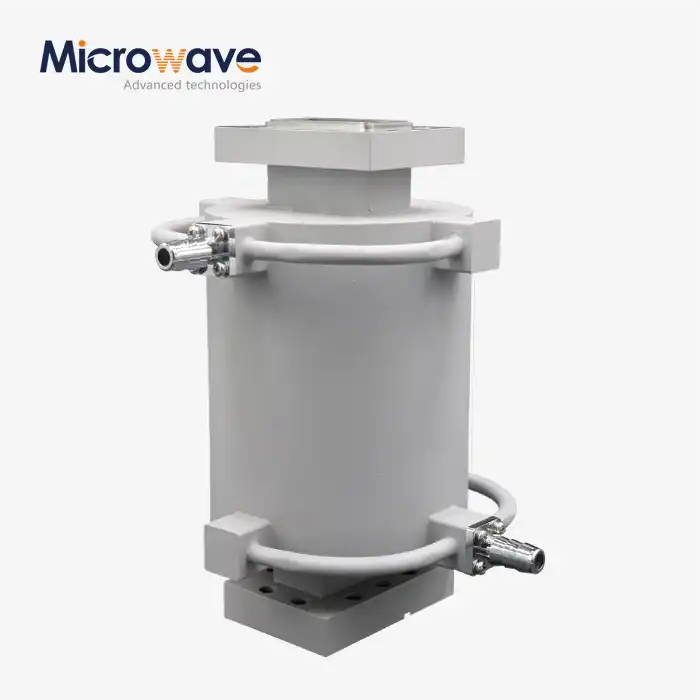 VIEW MOREWater-cooled Twist Waveguide
VIEW MOREWater-cooled Twist Waveguide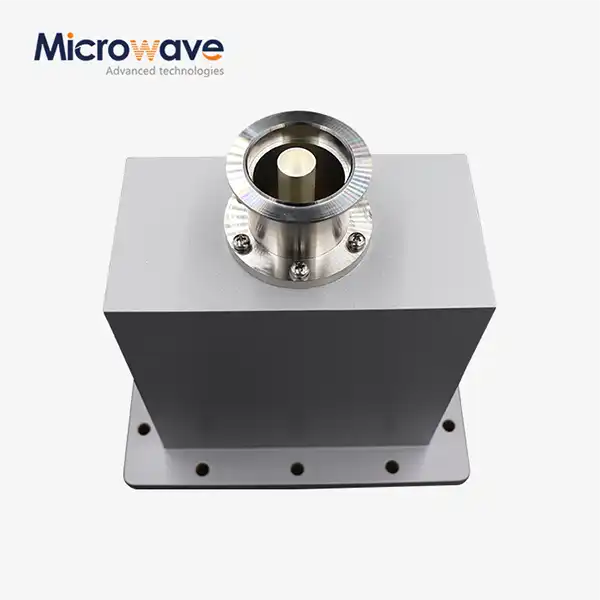 VIEW MOREEnd Launch Waveguide to Coaxial Adapter
VIEW MOREEnd Launch Waveguide to Coaxial Adapter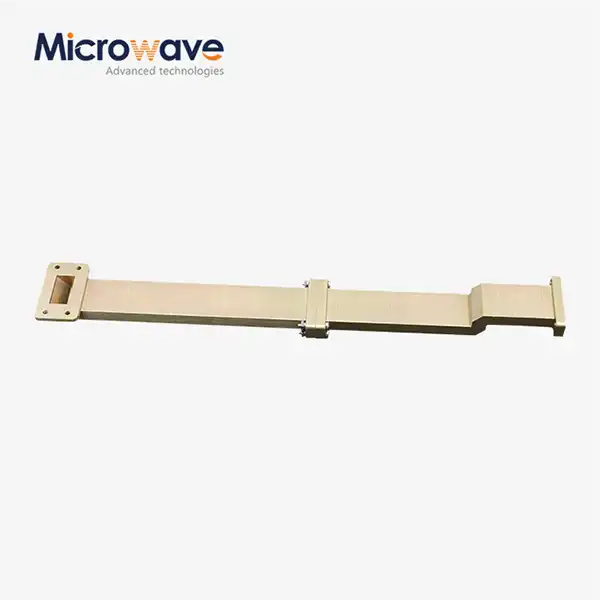 VIEW MOREWG Transition
VIEW MOREWG Transition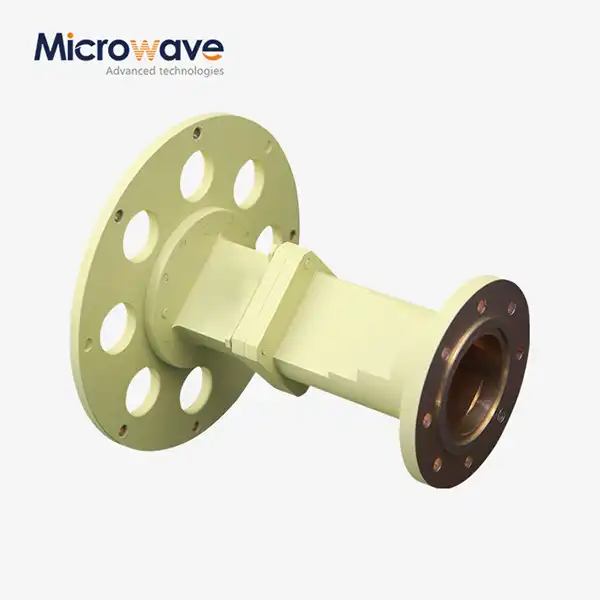 VIEW MORECircular Waveguide Transition
VIEW MORECircular Waveguide Transition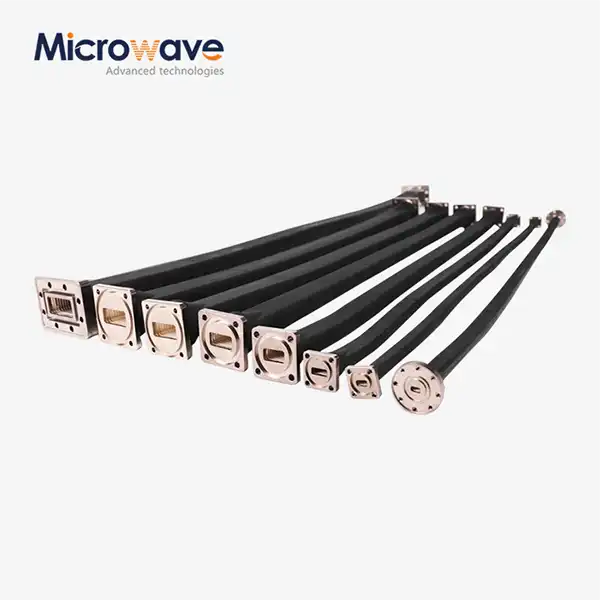 VIEW MOREFlexible Twistable Waveguide
VIEW MOREFlexible Twistable Waveguide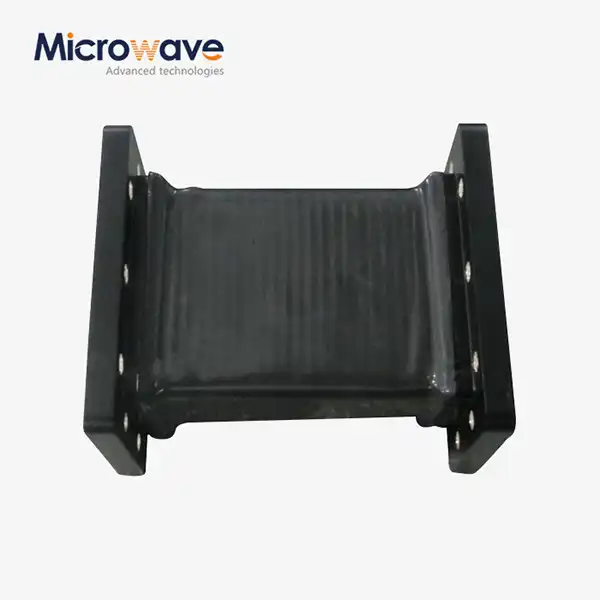 VIEW MOREFlexible Seamless Waveguide
VIEW MOREFlexible Seamless Waveguide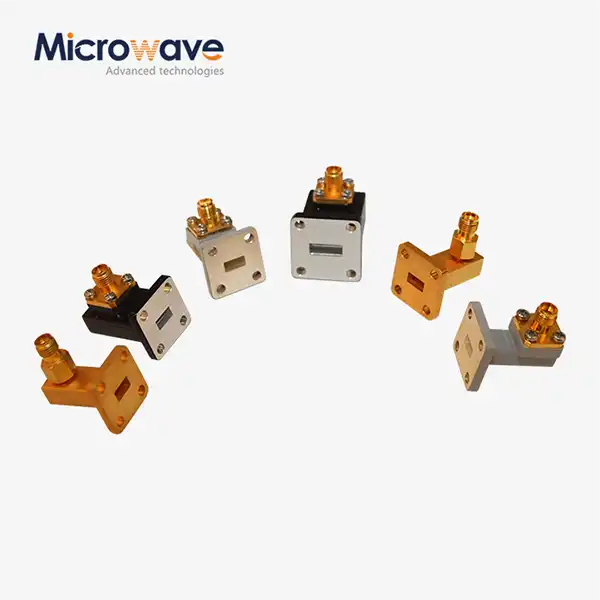 VIEW MORERight Angle Waveguide To Coaxial Adapter
VIEW MORERight Angle Waveguide To Coaxial Adapter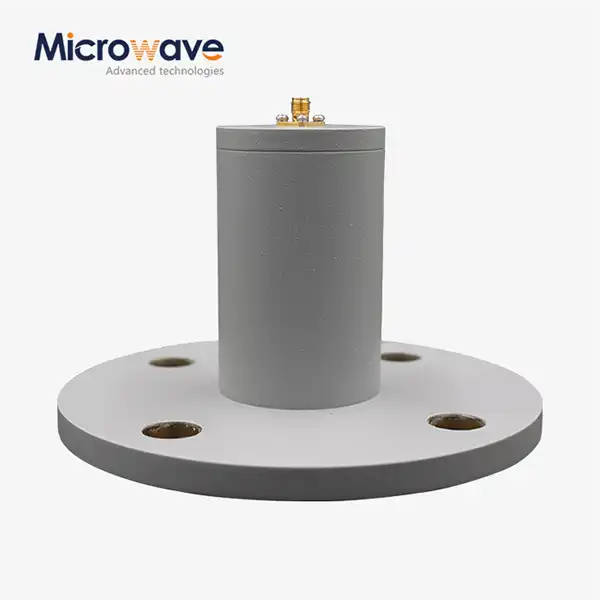 VIEW MORECircular Waveguide To Coaxial Adapter
VIEW MORECircular Waveguide To Coaxial Adapter




